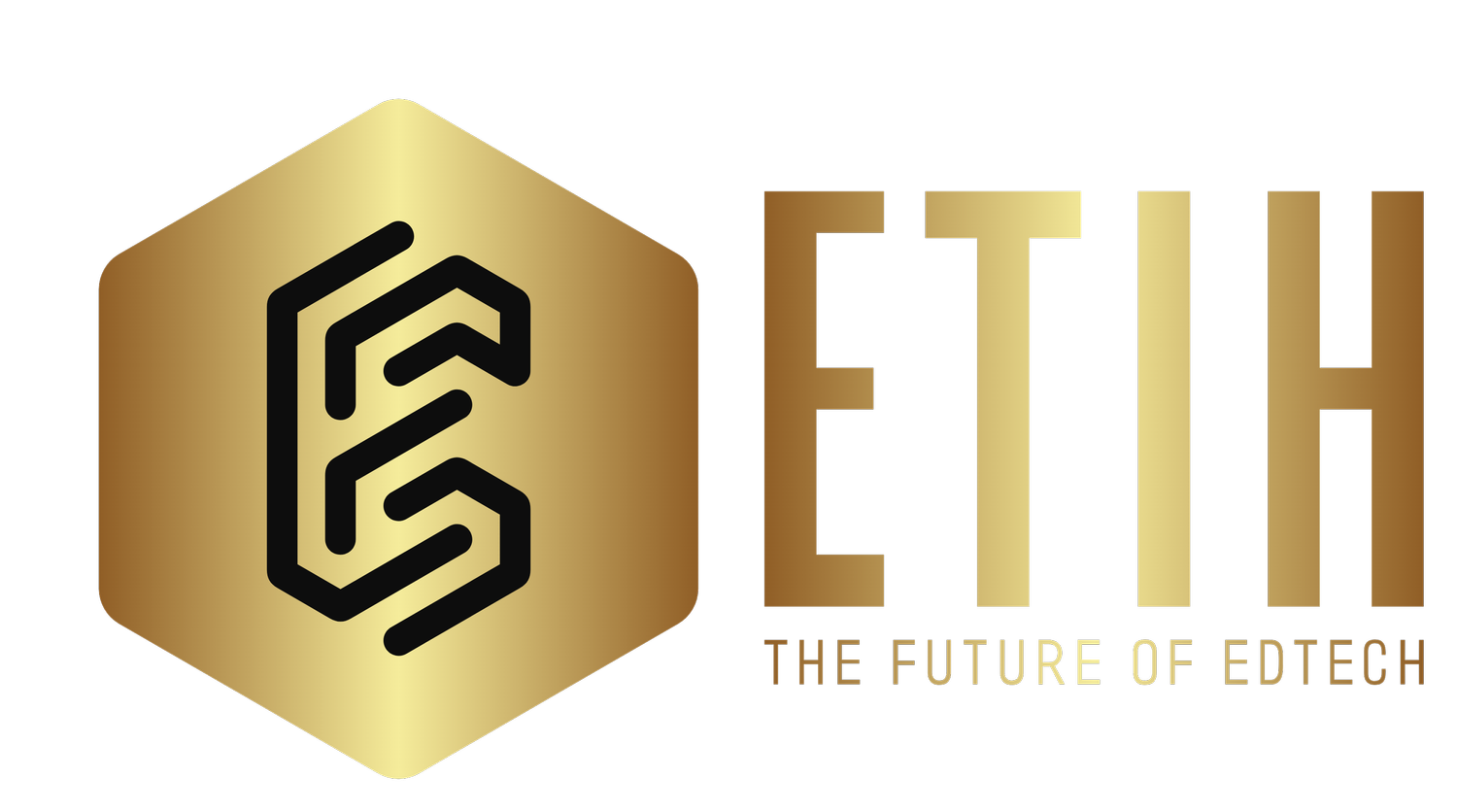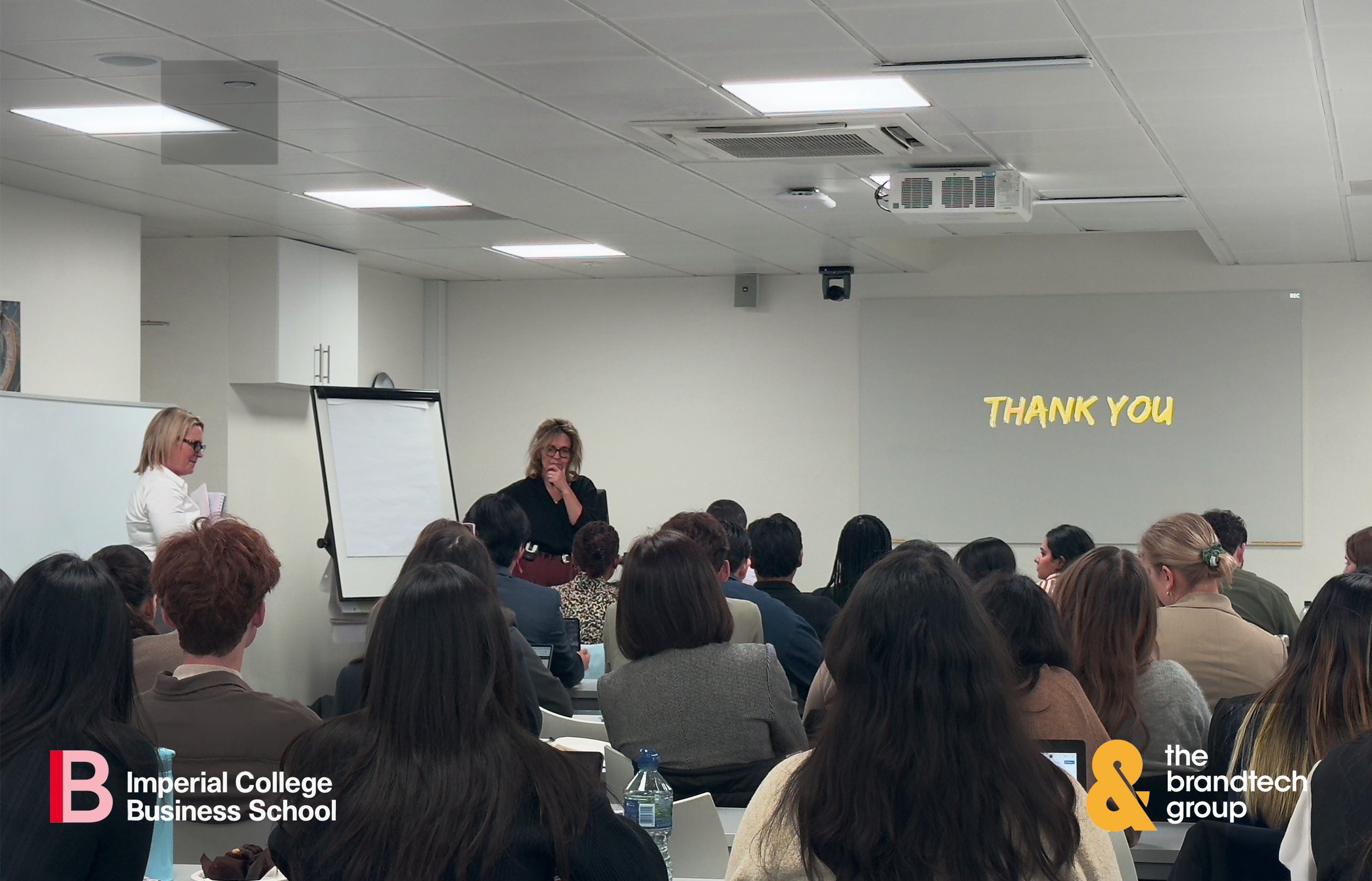Gale rolls out sentiment and lexicon tools for text mining in Digital Scholar Lab
Gale Digital Scholar Lab adds personalization and visualization updates for text and data mining
Gale, part of education technology company Cengage Group, has released a new set of tools for its cloud-based platform Gale Digital Scholar Lab. The platform is used by students, faculty, and librarians to conduct text and data mining (TDM) using digital primary source collections.
Gale provides curated content, tools, and technology for libraries and learning institutions worldwide. Its Digital Scholar Lab combines access to historical archives with analytics tools to support digital humanities research and pedagogy.
New features target visualization and custom analysis
The company announced the updates at the Association of College & Research Libraries (ACRL) Conference in Minneapolis. Key changes include a new Sentiment by Timeframe function, updates to parts-of-speech tools, and enhanced Ngram tracking. The additions are based on user feedback and aim to give researchers greater control over how they structure and analyze content sets.
Jessica Ludwig, Director of Product Management at Gale, highlighted the changes:
“These enhancements offer more opportunities for faculty to fit the Lab into courses and different teaching and learning scenarios to support digital, data, and AI literacy acquisition. Actively listening to our customers’ needs continues to drive our product development, allowing us to adeptly manage the complexities involved in implementing significant new features like these.”
Users can now upload custom lexicons to the Sentiment Analysis tool, an option Gale says improves flexibility and supports work with historical and non-English texts. Additional changes include new pie chart visualizations, a Mark-Up View to increase transparency in linguistic tagging, and improved customization of visual outputs through color palettes.
Applications for research and instruction
Gale-ASECS non-residential fellow Daniel Watkins commented on the value of exploratory tools in shaping deeper research workflows:
“The tools themselves don’t have to provide final conclusions—they can help researchers process information. For example, the Ngram analysis tool helped me determine additional stop words to add to cleaning protocols so that the topic modeling and document clustering analyses produced better results ... I hadn’t considered this method for using digital humanities tools before.”
For educators, the tools are positioned as a way to embed data-driven approaches into literature and humanities instruction. Fellow Heather Heckman-McKenna said, “In teaching undergraduates, I imagine I would use proximity searches and Ngrams most frequently. Allowing students the freedom to make their own inquiries based on Ngram results could help students recognize that studying literature is far more than mere close reading. They could learn that they could approach literature with a more methodical, scientific mindset to uncover potentially brand new ways to think about texts.”





















